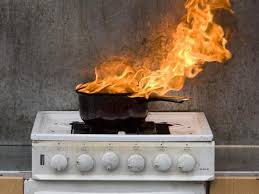Whether you ride hunters, jumpers, or eventers, interesting horse jump designs are an important part of your training program. While you can get by with some plain standards and poles, adding some variety in the form of walls, gates, rollbacks, and hedges add visual interest and helps both you and your horse develop confidence over a variety of obstacles. If your barn hosts events, having a variety of horse jump designs makes your event more appealing to visitors.
Types of Jumps
Standards and Poles
This type of jump will probably make up the backbone of your course. Standards and poles can be arranged to make verticals as well as oxers, giving them a good deal of flexibility. In addition, standards and poles can be adjusted into small crossrails and even cavaletti. This makes them ideal for beginners and for training purposes.
Gates and Planks
Gates and planks add visual interest to a course. They are designed to hang between jump standards. You can add height by adjusting the plank or gate higher on the standard or by adding regular jump poles above the gate or plank. Gates and planks are a good way to introduce both riders and horses to the idea of jumping a solid fence. Jumping solid obstacles can be intimidating, so it is important to have safe choices available to boost confidence and minimize risks.
Walls and Roll Top
Walls and roll tops are the type of jumps that commonly show up on horse show courses, so it is important to familiarize both you and your horse with them. These fences can elicit stares from horses and tension in riders because of their solid appearance. While it can be intimidating to canter down the line to one of these fences, their solid appearance actually makes them easier for the horse to jump than an airy vertical. Practice will quickly build up both you and your horse’s confidence.
There are many different horse jump designs available. Having a variety of solidly built, interesting fences available to jump will help both horse and rider improve.




